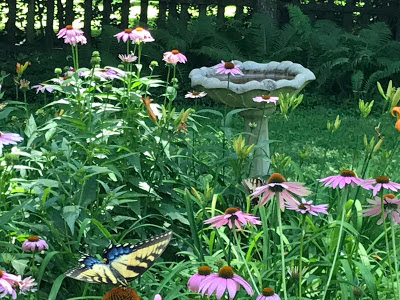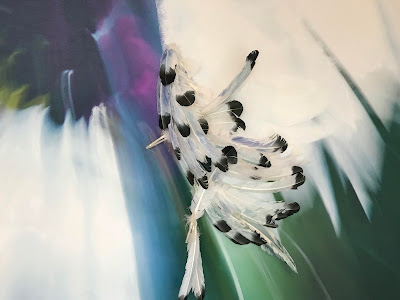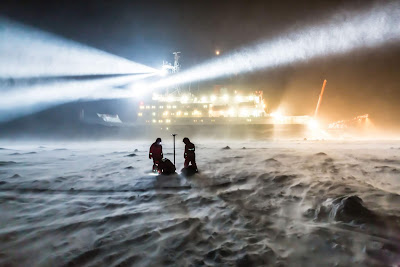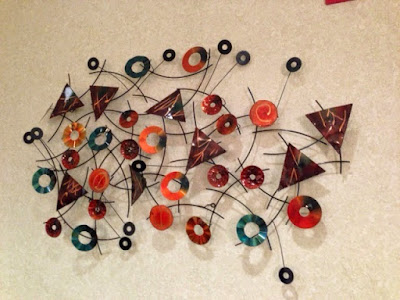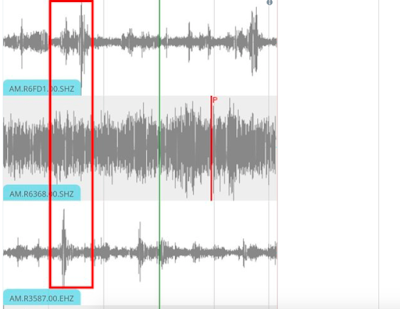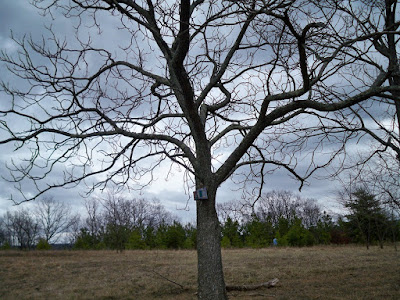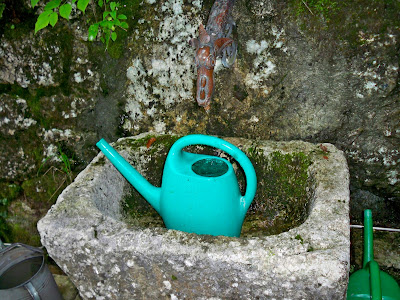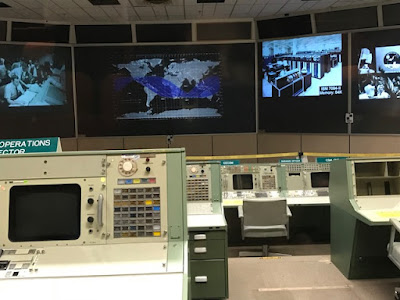Of Hominids and Humans
I wasn’t planning to read the entire Washington Post story today about Swedish geneticist Svante Paabo’s Nobel Prize in medicine, but the more I learned the more captivated I was. Paabo’s research into prehistoric DNA, a field he’s credited with founding, has shone a light on ancient humans, including Neanderthals and a new species of early hominid he discovered, the Denisovan.
Paabo’s work has implications for human health in 2022: a genetic risk factor for severe Covid was inherited from Neanderthals, and 1 to 2 percent of non-African people have Neanderthal DNA.
While the early hominid science was inspiring, it was the humanity of the scientist that touched me most. The photo accompanying the article showed a laughing Paabo being thrown into a pond by his colleagues at the Max Planck Institute. Paabo told reporters that when he got the call from Sweden at his home in Germany, he thought it was someone calling to tell him his summer house there had a plumbing problem.
And finally, he gave a lovely tribute to his mother during his remarks. “The biggest influence in life was my mother, with whom I grew up,” Paabo said. “It makes me a bit sad that she can’t experience this day.”
(A Neanderthal skull unearthed in Israel. Courtesy Wikipedia.)

